Intrepid USA CEO John Kunysz proudly wears his company’s signature black scrubs as often as possible – at Intrepid functions, professional conferences, and elsewhere. As the face of the company, it’s one of the most authentic ways to honor his frontline employees.
The leader of the 55-year-old home health and hospice care provider doesn’t like to call himself the Chief Executive Officer. To him, CEO means: Chief Experience Officer.
In the vein of creating authentic experiences for patients and employees alike, at the Home Care Innovation Forum, Kunysz drove home the need for providers to move away from old care models and into a more holistic care paradigm that treats the client across the care continuum.
“The episodic care model that has been the standard for decades is on its way out,” he said. “Care needs to be personalized to a patient’s particular situation – and every situation is different.”
Innovating out of the traditional episodic care model involves anticipating a patient’s potential issues. For example, providers could work with payors to pick up patients starting at 72 years old and age them in place, Kunysz said. To start, they’d get an annual in-person assessment with a physician or nurse practitioner. Going forward and based on data from in-person visits and other tools, like Remote Patient Monitoring (RPM) tools, maybe they see a clinician every 6 months, then every 4 months, etc.
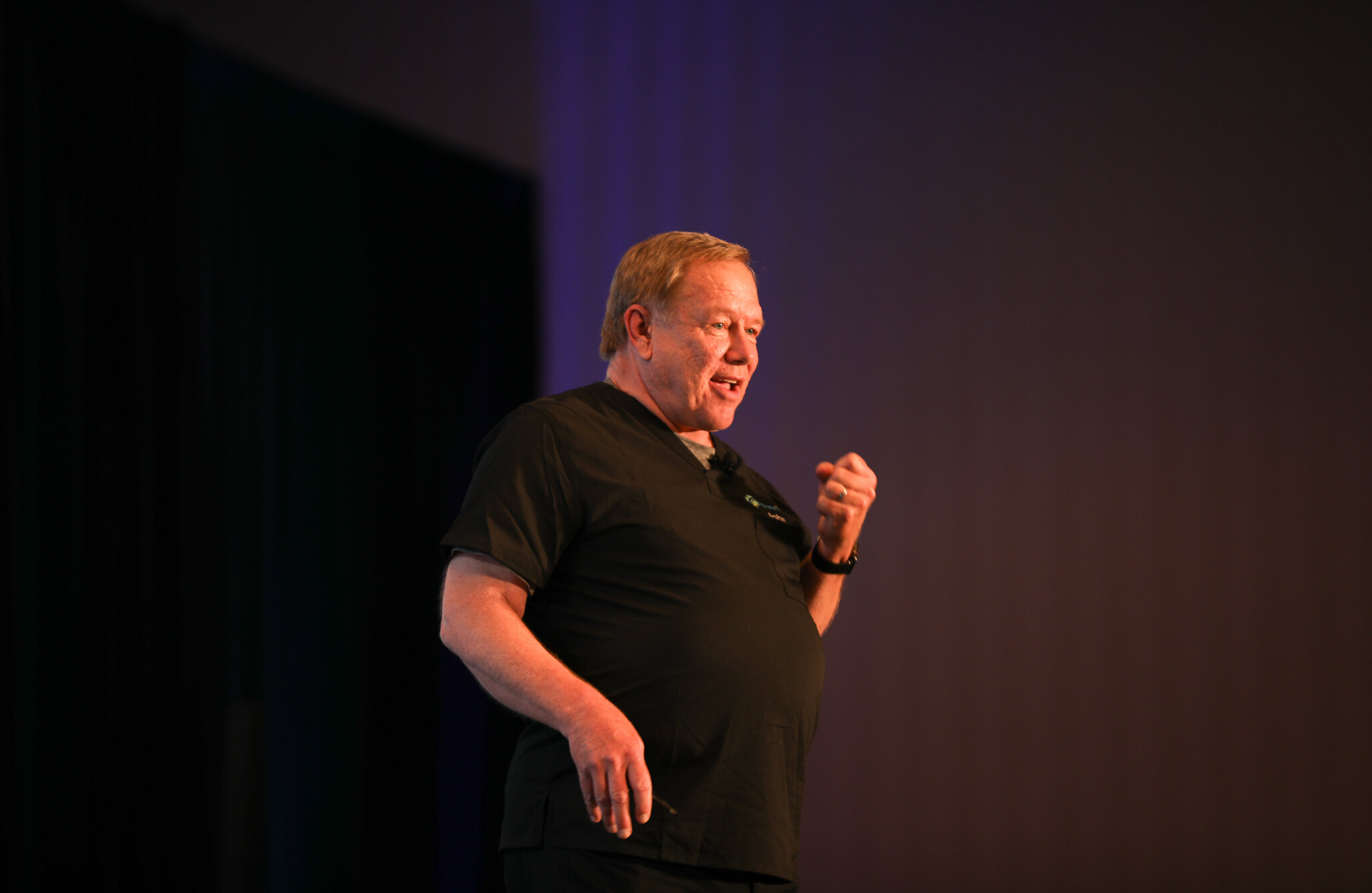
“This is not how it’s traditionally done,” Kunysz said. “We wait for them to have an episode, admit them to the hospital, discharge them, give them some home care, and then wait for the next episode. It’s not an efficient way of administering care.”
“Let’s stop talking about re-hospitalization rates, and let’s start talking about unplanned hospitalization rates. They should not be going to the hospital in the first place.”
Leveraging telemedicine and personalized RPMs not only helps reduce unplanned hospital visits and costs, but they also provide a more holistic level of care, “embracing a family’s entire clinical picture,” he said.
“When mom and dad get older, they worry about you taking the keys away, and so they don’t really tell you what’s going on. They act like teenagers trying to bring their friends over for a party when you’re out of town,” he said.
Additional parts of getting out in front of a patient’s care involve the home itself. That could mean installing motion sensors to automatically illuminate rooms once a senior enters it or handrails in bathtubs – both to mitigate falls – Kunysz said. These are examples of simple, low-cost elements that go a long way toward creating more holistic - and safer - models of care in the home.
He gave a few examples from his own family, which lives on a 242-year-old, 200-acre ranch in Tennessee. His mother-in-law lives on the property and started developing a bad cough. After a battery of tests, Kunysz thought to look at the filters in the furnace. They were covered in dust and mold spores, and after he changed them, her cough ceased after a few days.
Another example: His mother-in-law developed an abnormal heart rate, switching between very high and very low. Again, tests were done, and nothing was found. Kunysz thought to ask her about the supplements she was taking. Upon further investigation, it turned out she was overdosing on magnesium, which was causing the heart rate issue.
Being consistently involved, knowing the patient, and then asking the deep questions that derive from these intentional interactions are the keys to unlocking more of what is really going on behind the door of a senior’s often prideful reticence to revealing the truth of their condition.
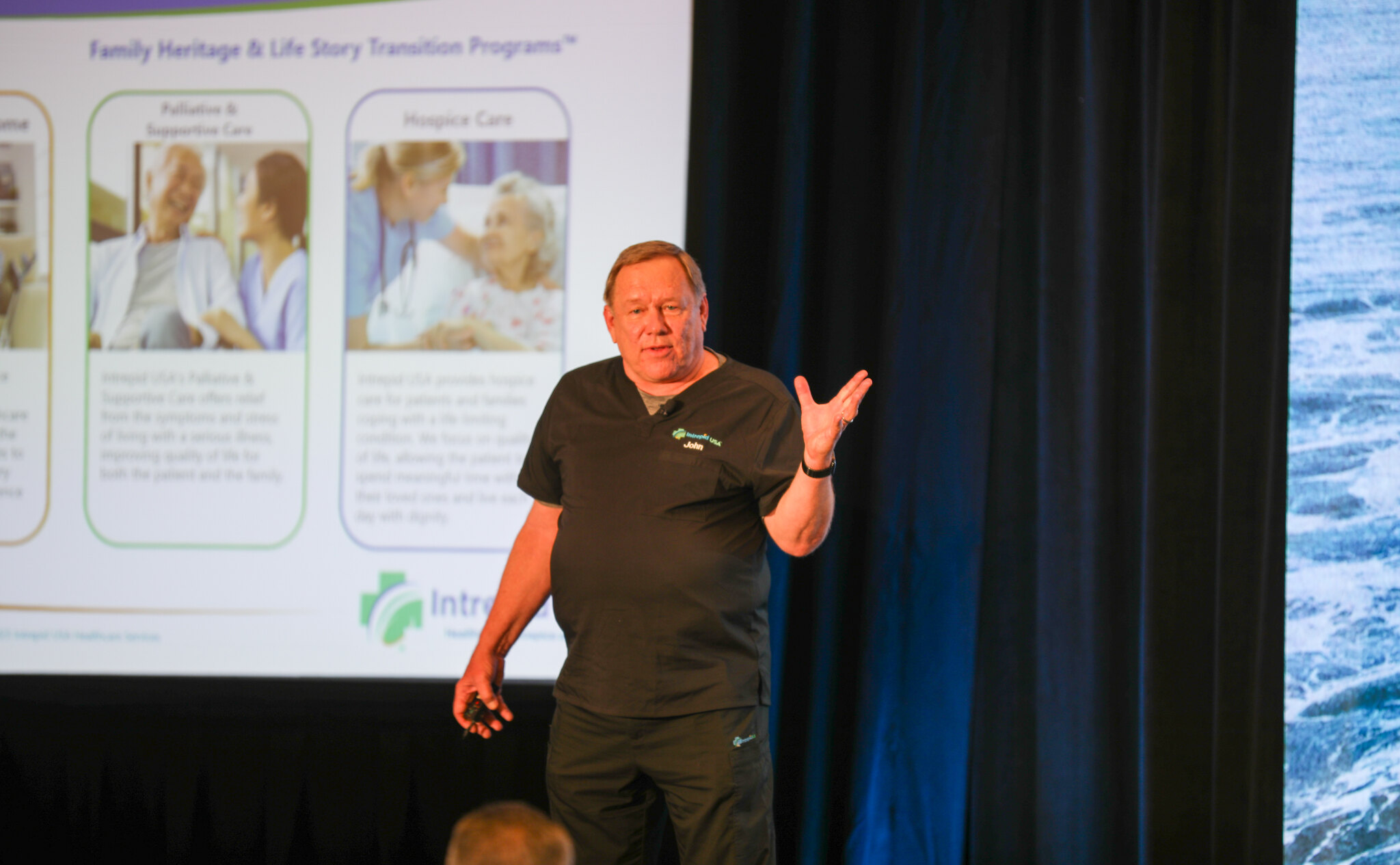
Additionally, he said, when a patient is entering the end of life, instead of telling them what they need from a palliative care perspective – like their best options for pain management – why not offer them the ability to be a decision maker in their own story, Kunysz asked. For instance: fold them into the planning of their funeral, which can include choosing the pictures they want to be in a slideshow at a ceremony that tells their life story.
“Seniors don’t always realize they are not giving us their entire clinical picture,” he said. “But we have to (get the whole picture).”
Moving to a more holistic care model not only provides for a more fulfilling life for patients, but clinically, drives efficiencies and bends the cost curve due to fewer unplanned hospitalizations, he said.
The demons that seniors face when they start giving up things in their latter years often fills them with fear. Creating a home environment that honors them and gets out in front of their clinical and other care needs can ensure their golden years are not just safe but fulfilling.
“When you touch someone’s heart, that’s limitless,” he said. “We are in the most intimate setting that a person can let you into – their home. You see them without their makeup on, without the house clean for company. See the ways we can touch these patients’ and families’ hearts. If you can capture that, it’s amazing what we can do for all of them.”
Posted by
Join us!
The retreat for home health care and hospice leaders innovators.
May 17-19, 2026 | Palm Springs, CA




-2.png)
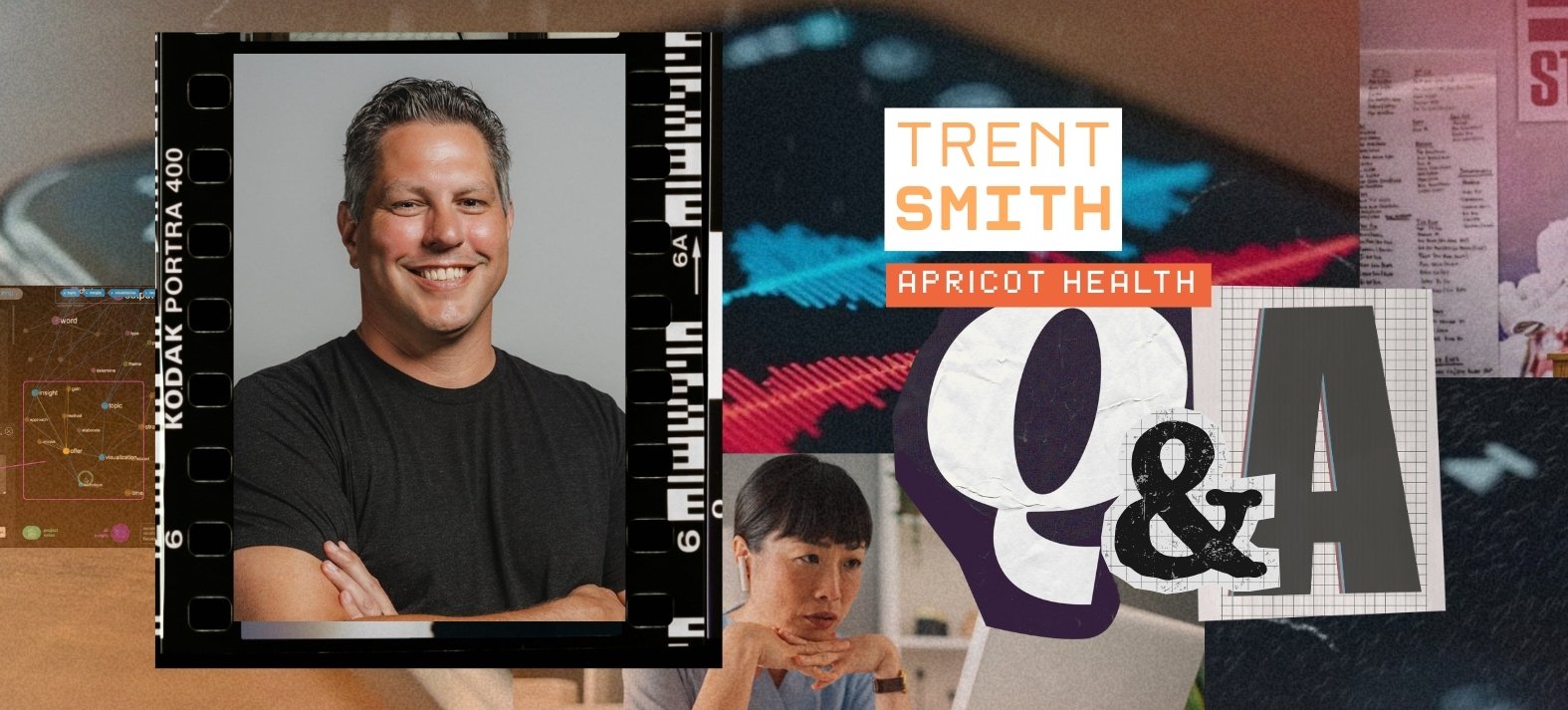
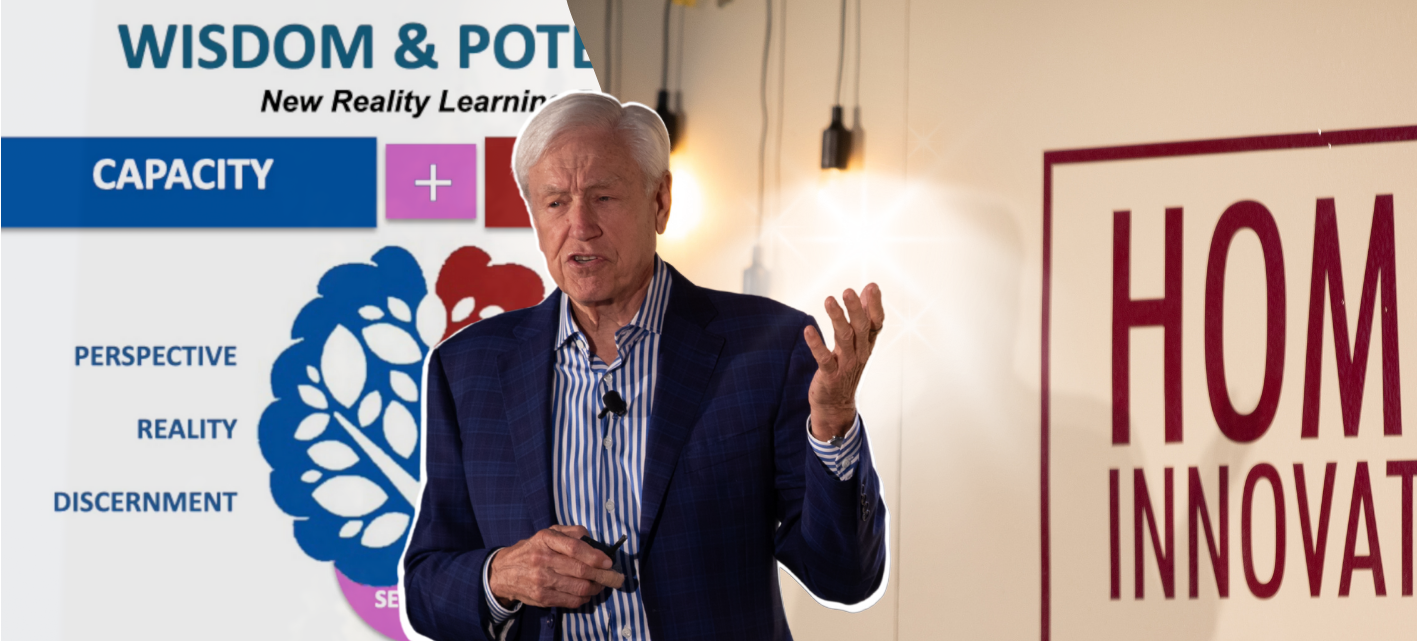
-2.png)
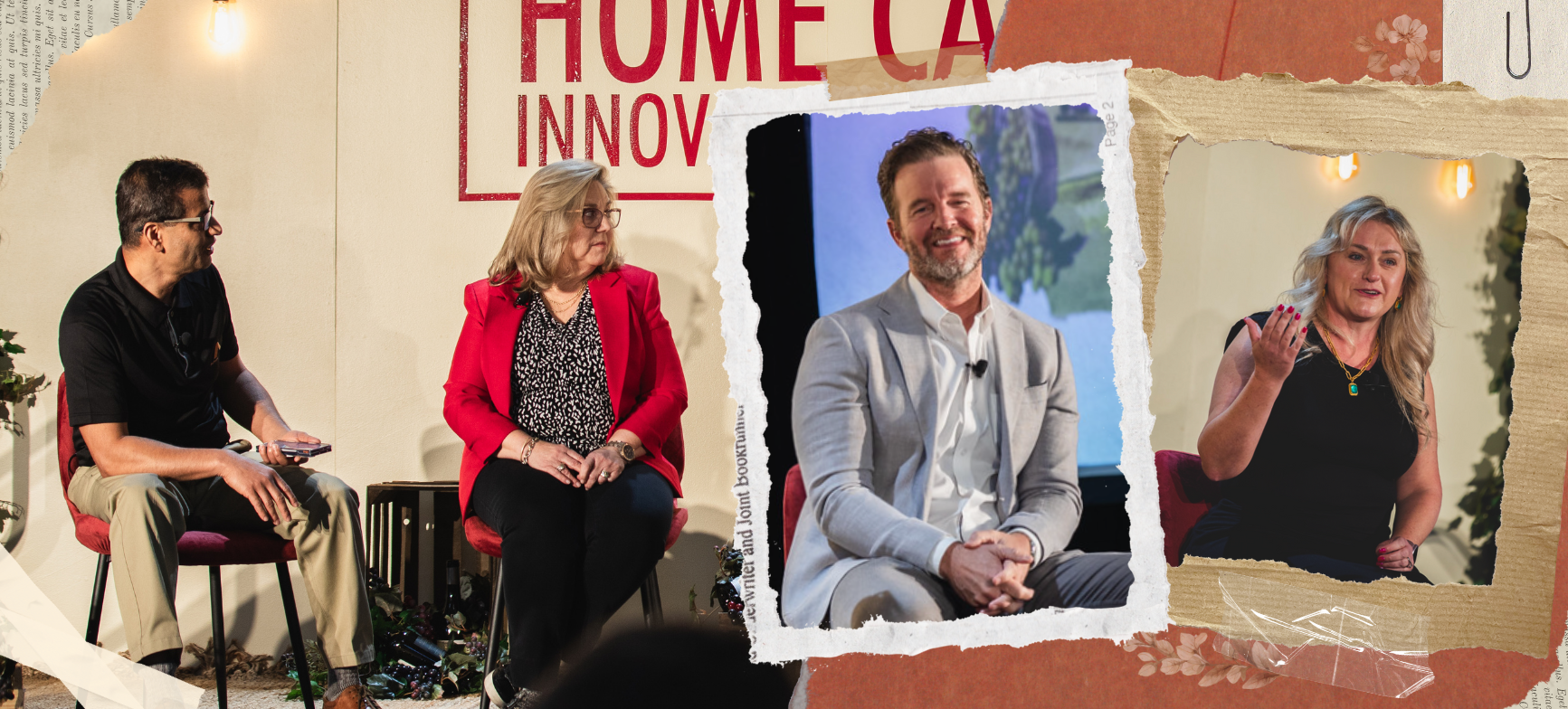

Comments